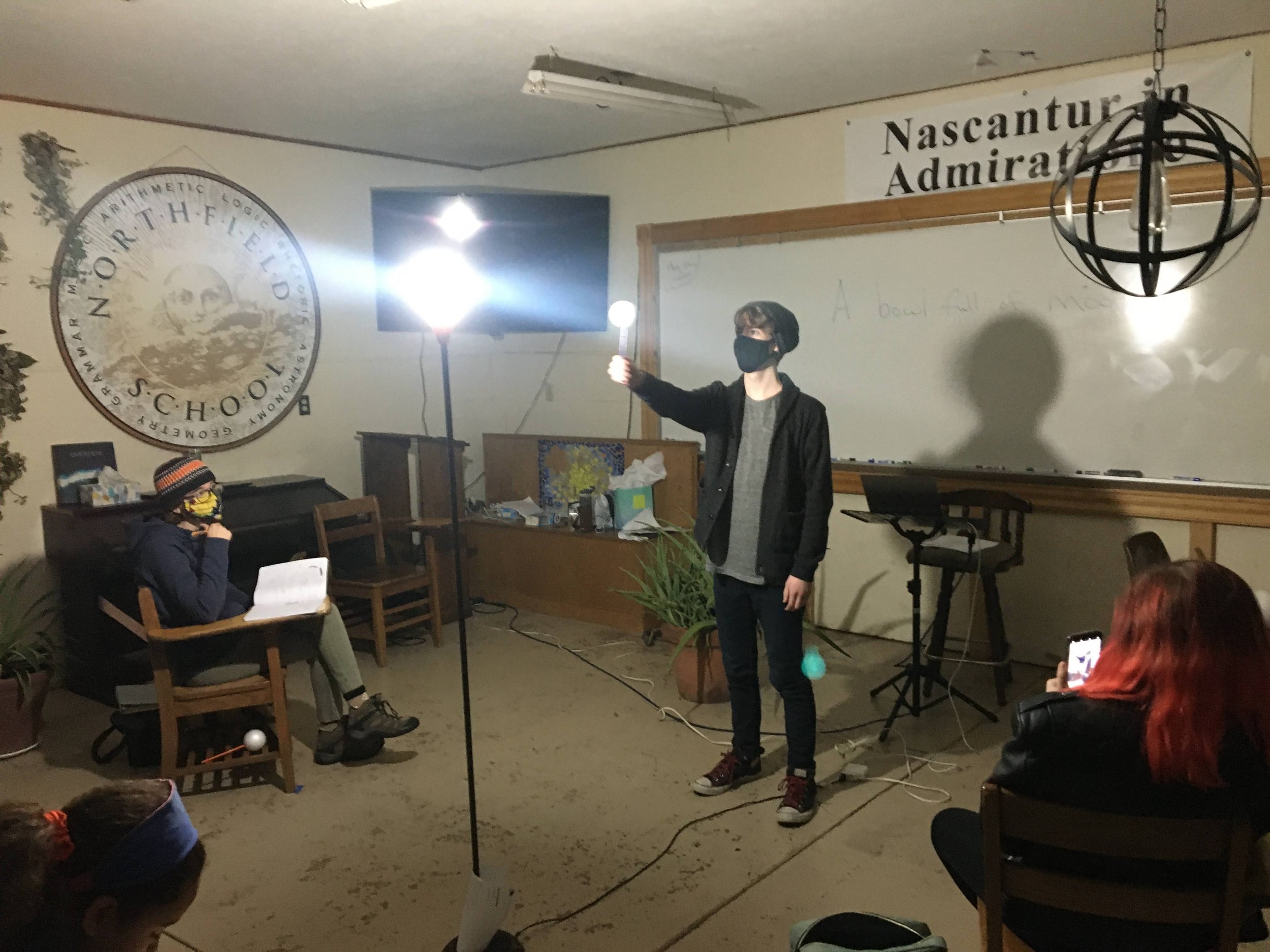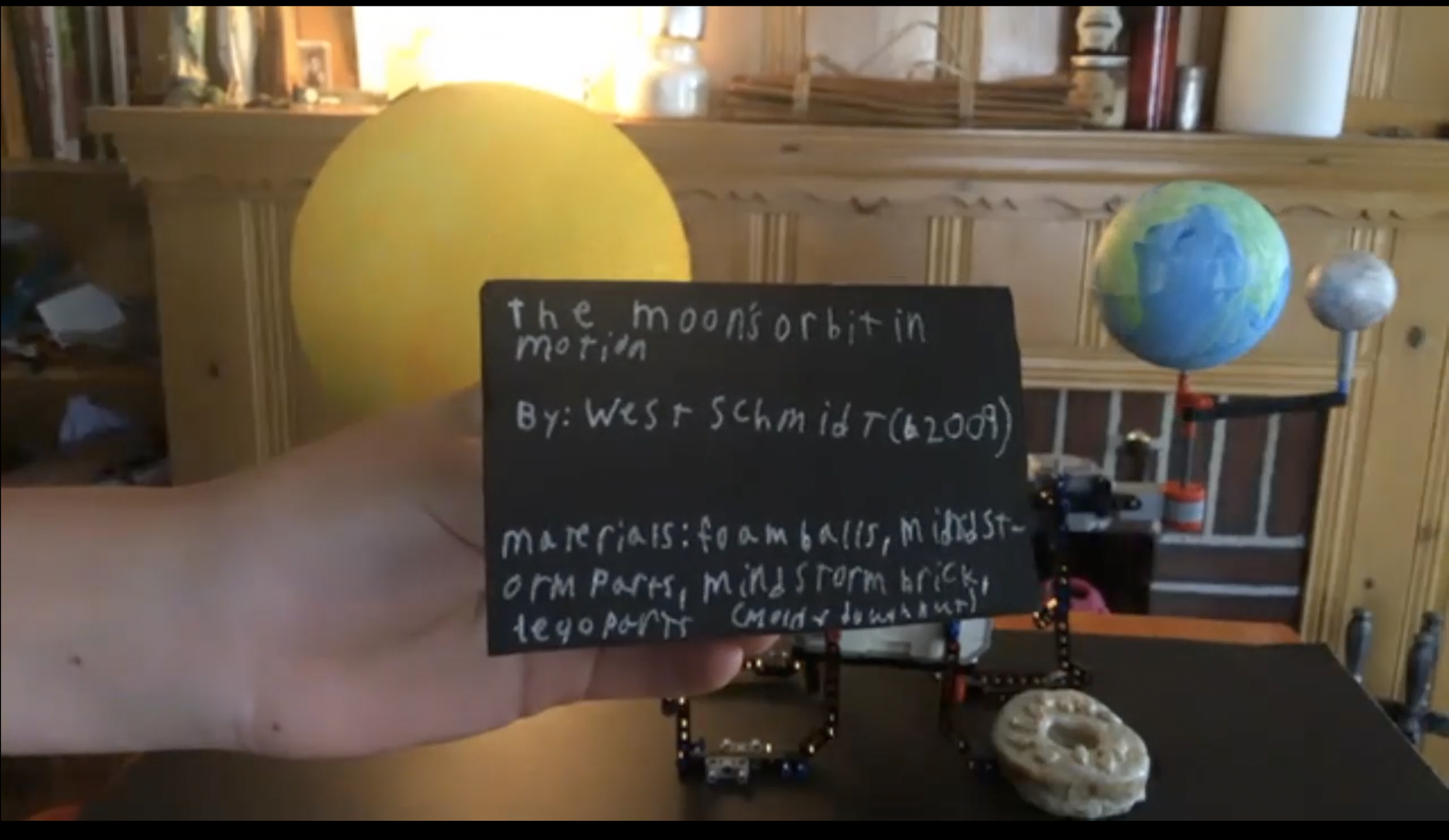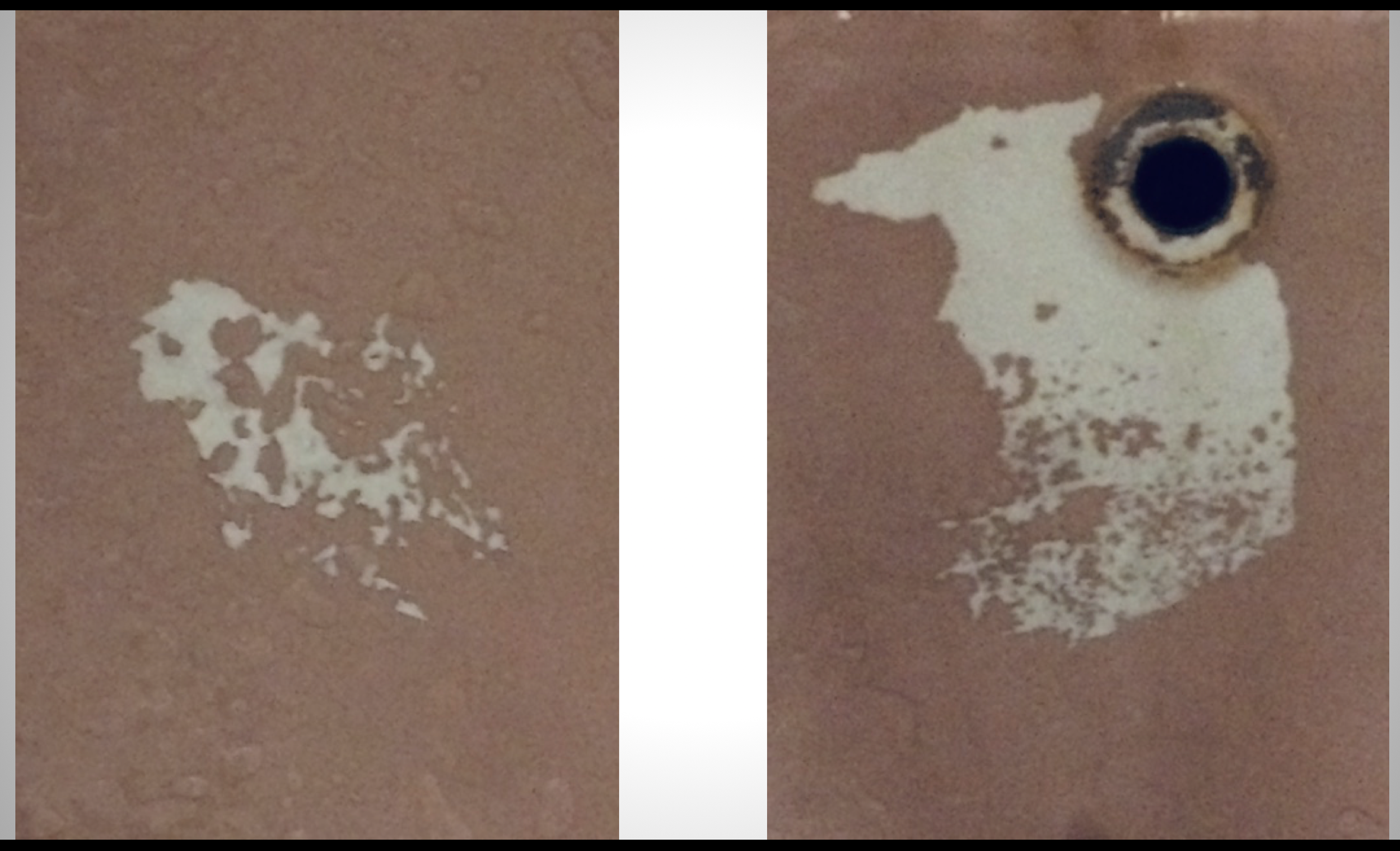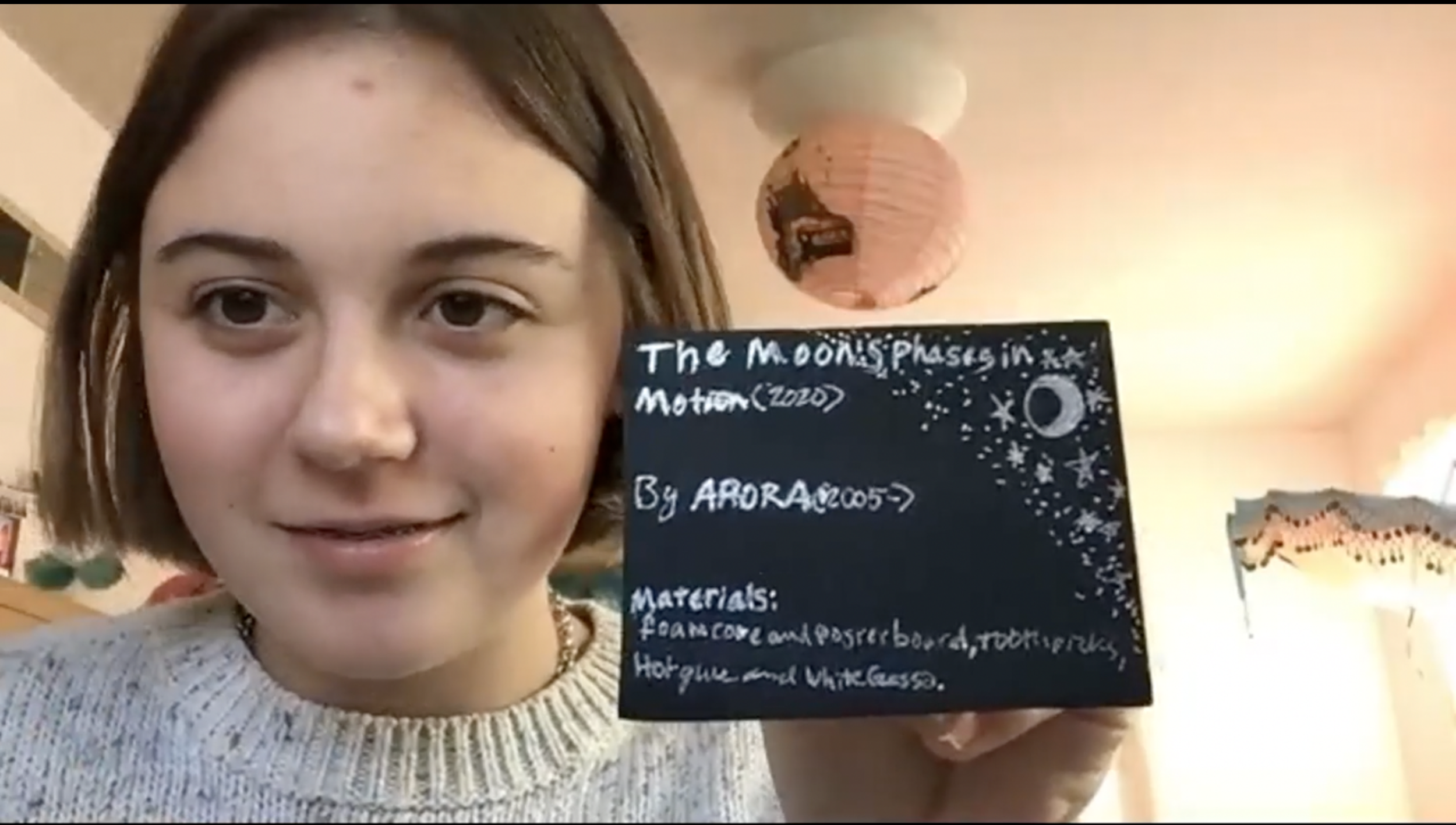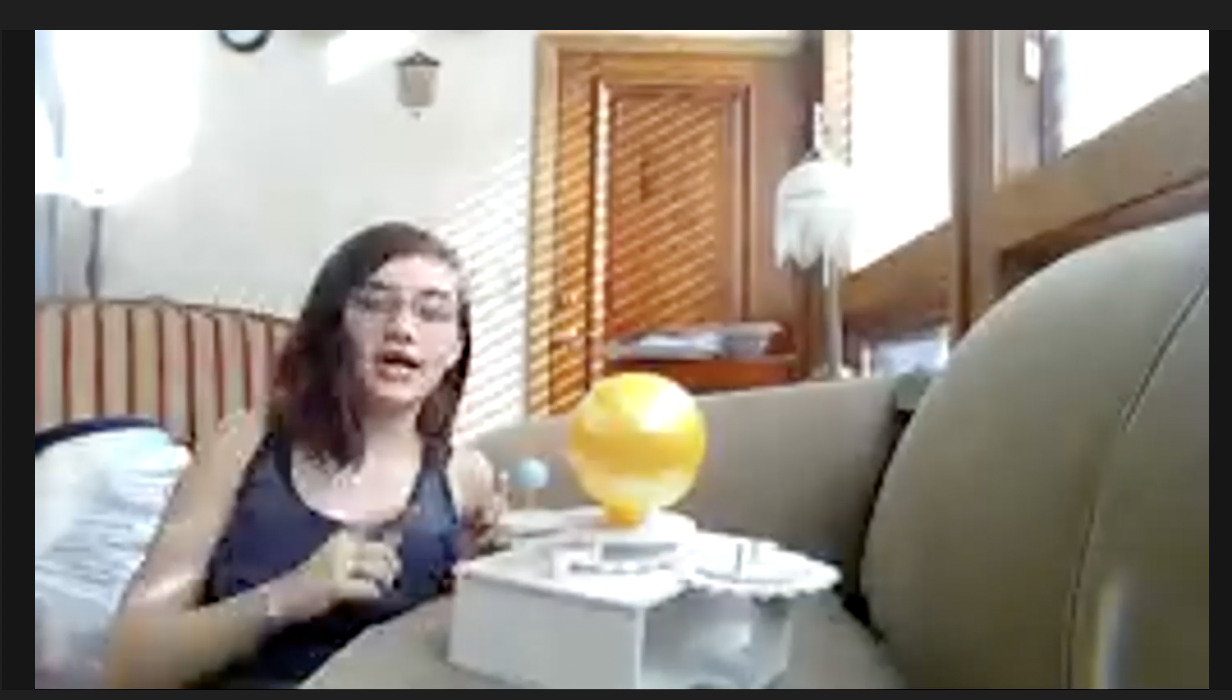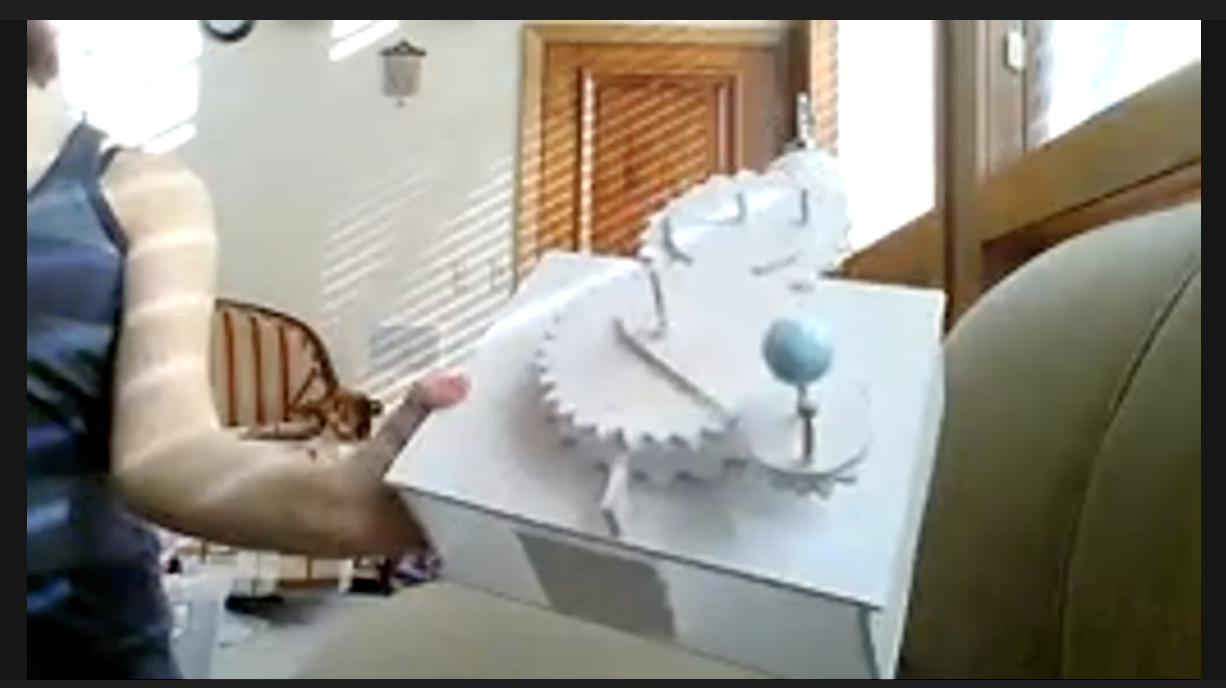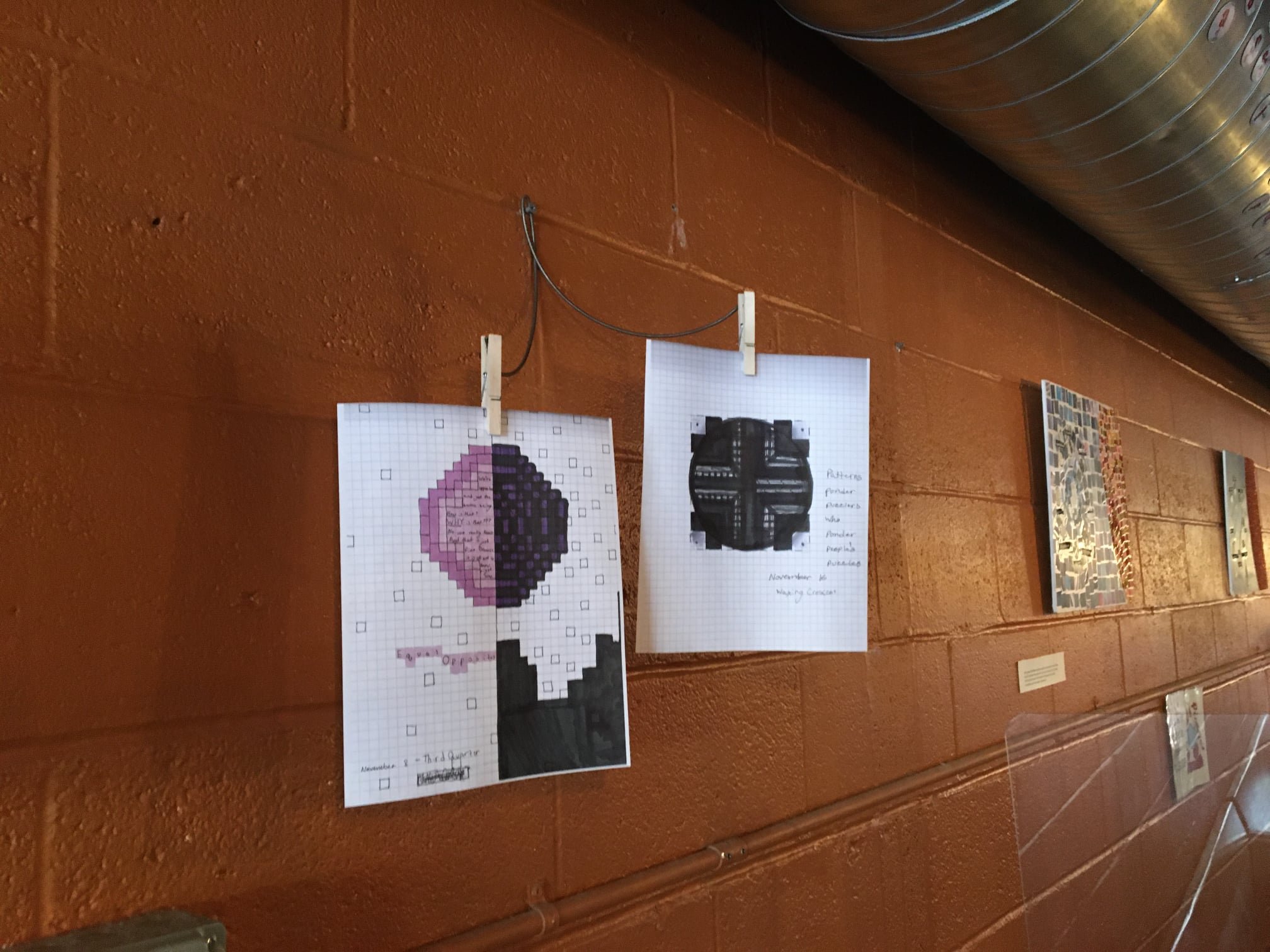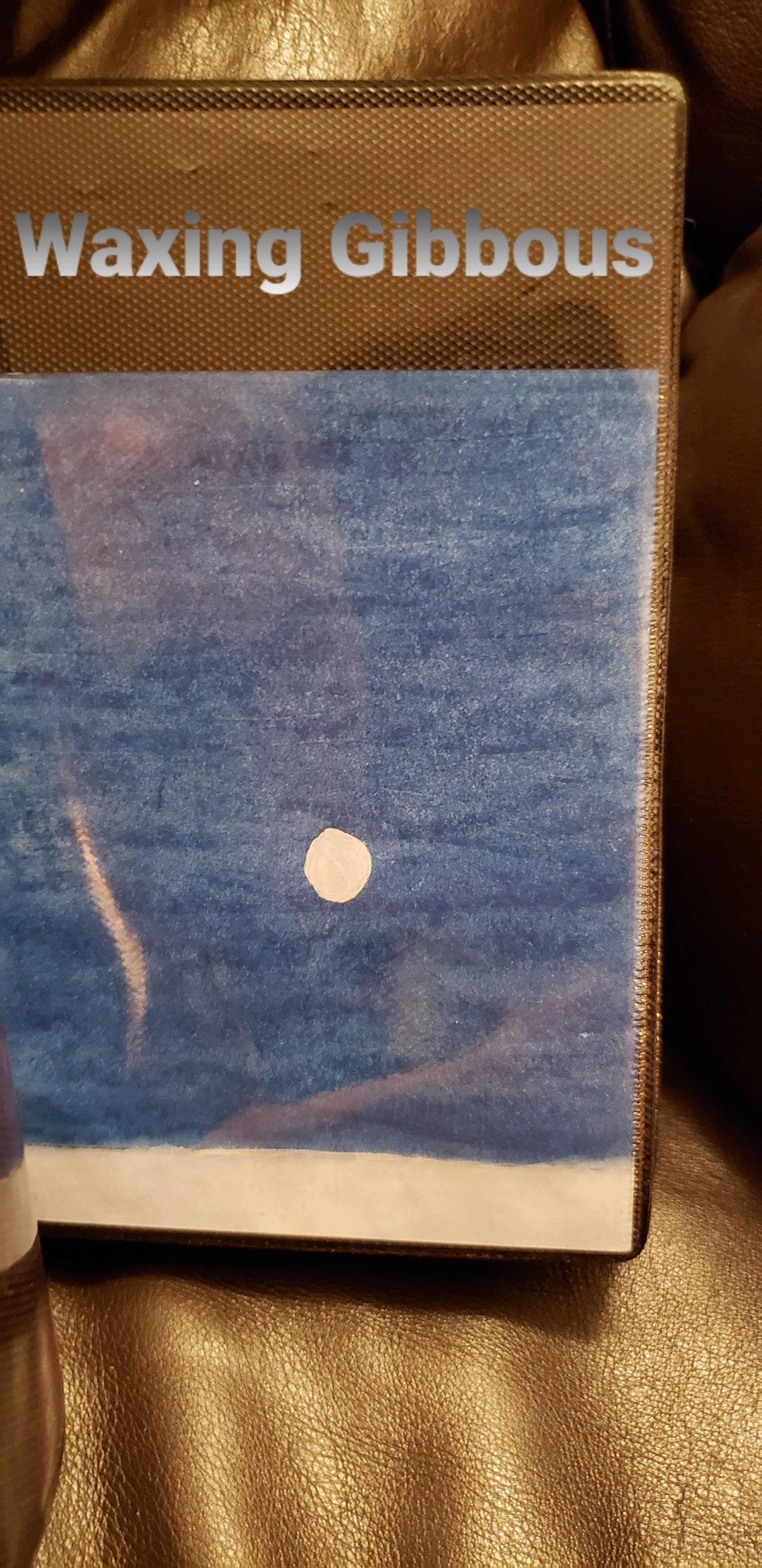Moon School
In our third expedition as Star-Splitters, Moon School, we viewed the moon through the concentrated lenses of poems and songs, through the prescient eyes of the pre-Socratic natural philosopher Anaxagoras, through the telescopic lens of Galileo, and through the eyes of young NASA scientist Casey Hannibal, whose discovery of distributed water on the moon was announced in a teleconference call that we were able to join (which brought an immediacy to our study). Students learned the moon's phases and how the tides are made. They explored how myths concerning the moon's nature and effects relate to cognitive biases that scientists must reckon with; they investigated the deep-brained phenomenon of pareidolia, the modern scientific principle of falsifiability, and engaged in direct observation each night: drawing and then reflecting on the moon's changing face.
As mentioned above, our moonshot began the very day that 27-year-old NASA researcher Casey Hannibal announced, via a live teleconference that we were able to be part of, that she had discovered water molecules diffused within the lunar surface, a discovery that may help us create a moon base within the next four years and colonize Mars within eight, the same span of time that bridged Kennedy's speech and Armstrong's footprint.
We watched the Hunter's Moon, the one that was full and blue and that illuminated our Halloween for the first time since 1944.
We read A.R. Aamons's great poem "Cascadilla Falls," and following his lead, tried to "think all the motions" of the moon and stars and atoms and quarks (and strings?) into ourselves and then back out again, where the galaxy's vanguard, the constellation Lyra, looped us back to the words Shakespeare penned eight years before Galileo directed his thoughts through his telescope: the moonlit scene in The Merchant of Venice, in which the the lovers strain to hear the music of the spheres, the power of which is kin to the power of Orpheus's strings.
In all, we sought connection, even as we are followed wonder. We sought better questions. And we sought to make of those questions something of value.
Here are selections from ninth grader Abby Cox’s moon journal, in which she drew and then reflected on the moon’s changing face.
Here are selections from ninth grader Abby Cox’s moon journal, in which she drew and then reflected on the moon’s changing face.








